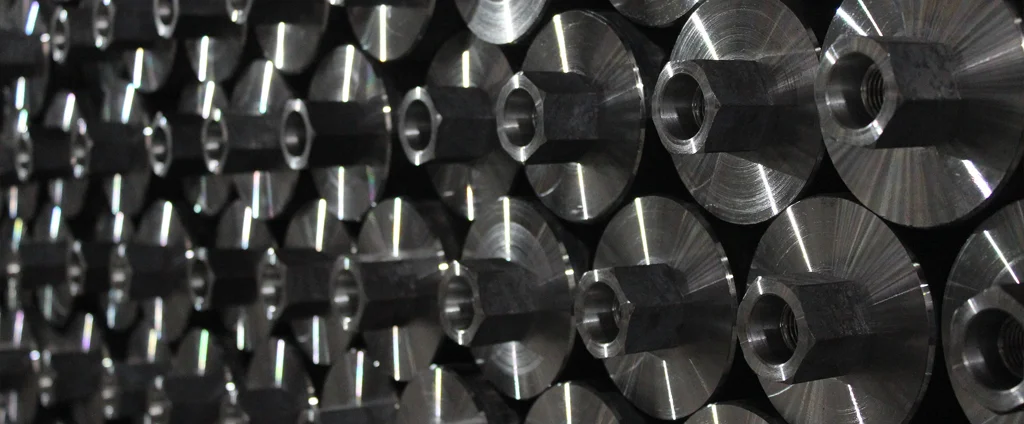SAE/AISI 1561 Carbon Steel (UNS G15610)

SAE/AISI 1561 is a high-carbon steel recognized for its outstanding strength, ductility, and workability. It is commonly used in demanding engineering applications due to its favorable mechanical properties, good machinability, and reliable weldability.
| Chemical Composition | ||
|---|---|---|
| Element | Min | Max |
| Iron | 98.2% | 98.7% |
| Carbon | 0.55% | 0.65% |
| Manganese | 0.75% | 1.05% |
| Phosphorous | —— | 0.04% |
| Sulfur | —— | 0.05% |
The following table provides a list of SAE/AISI 1561 properties in both SI and US customary/Imperial units.
Click on the button to switch between Metric and Imperial units.
| Physical Properties | Metric |
|---|---|
| Density | 7850 kg/m3 |
| Mechanical Properties | Metric |
| Young’s Modulus (E) | 190 - 210 GPa |
| Poisson’s Ratio (ν) | 0.27 - 0.30 |
The values in this table are approximate and can vary depending on various factors such as the specific manufacturing process and heat treatment applied to the alloy.
Advantages & Disadvantages of 1561 Carbon Steel
| Advantages | Disadvantages |
|---|---|
| High strength | High cost |
| Excellent ductility | Can be brittle if not properly heat treated |
| Good machinability and weldability | |
| Good heat resistance |
Applications of 1561 Carbon Steel
Due to its high strength, excellent machinability, and weldability, SAE/AISI 1561 is widely utilized in various sectors, including:
- Automotive components: used to make a variety of automotive parts, including axles, crankshafts, drive shafts, and gears.
- Hand tools: used to manufacture various hand tools such as wrenches, hammers, and screwdrivers.
- Machine tools: used in the production of machine tools including lathes, milling machines, and drills.
- Structural components: used in structural applications such as beams, columns, and girders.
